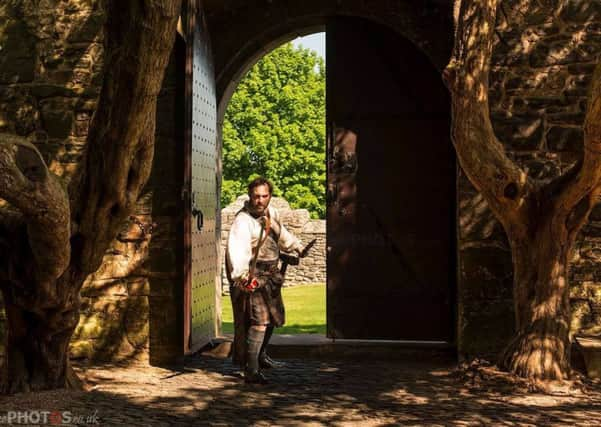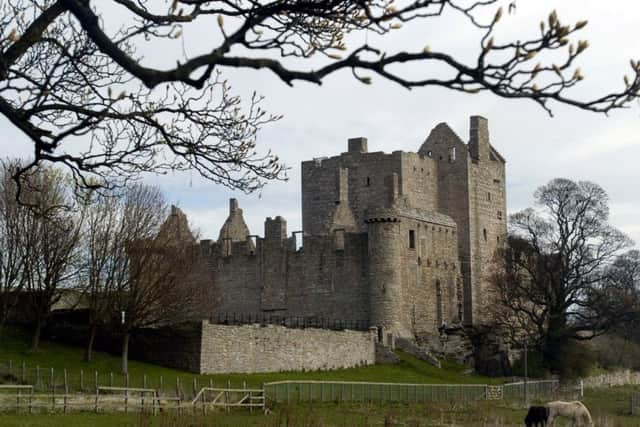Craigmillar Castle and the yew trees of Mary, Queen of Scots


Being on the fringes of a housing estate, miles from Edinburgh city centre, Craigmillar Castle is too often omitted from the tourist trail.
But that isn’t always a bad thing. Compared with its more popular city cousin at the head of the Royal Mile, entry to the site comes at a fraction of the cost and you’ll be able to enjoy the castle and grounds without tripping over anyone’s feet but your own.
Advertisement
Hide AdAdvertisement
Hide AdOn top of that, the site is soaked in history and can even boast a (still) living link to Mary, Queen of Scots - or so it is believed.


Built in the 15th century, Craigmillar Castle stands today as a picturesque and well-preserved ruin.
Its tower was constructed by the Preston family and remains of an ornamental pond in the shape of a ‘P’ can still be seen today in the castle grounds.


Ceilings, walls and furnishings may be missing, but architectural flourishes above doorways and around stone fireplaces give an indication of the grandeur that must have once existed here.
Advertisement
Hide AdAdvertisement
Hide AdAnd we know there must have been grandeur, because the castle has played host to a ruling monarch several times in its long history.
Mary, Queen of Scots twice resided here, once in September 1563 and again between 20 November and 7 December 1566. The latter stay followed an illness shortly after she had given birth to her son, the future James VI.
While at Craigmillar, Mary would have partaken in a number of hobbies such as archery, horse-riding and hunting.


Encased within the imposing walls of the castle’s main courtyard, guests are greeted by a pair of yew trees of unknown vintage. Scholars say the trees, which are recognised symbols of everlasting life due to their innate longevity, were planted during Mary’s residency, in her honour.
Advertisement
Hide AdAdvertisement
Hide AdGiven the right conditions, Yew trees can thrive for millennia, so it is entirely possible that the Mary Stuart link is accurate.
Yew trees, according to experts, are notoriously hard to date, though some say the trees bear evidence of stripping, where their wood was used to produce bows and arrows many hundreds of years ago.
The thought of Scotland’s most famous queen striding between these gnarled branches when they were mere saplings is an alluring one, but the truth is we may never know for sure.


Members of Mary’s French entourage were not housed within the castle but half a mile away to the south. The area they lived in would become known as ‘Petty France’, thought to be a corruption of ‘Petite France’. Today, we call it Little France, the home of the Royal Infirmary of Edinburgh.
As for Craigmillar Castle, perhaps visitor numbers will swell once the new Saoirse Ronan-lead Mary Queen of Scots blockbuster hits cinemas next year.
